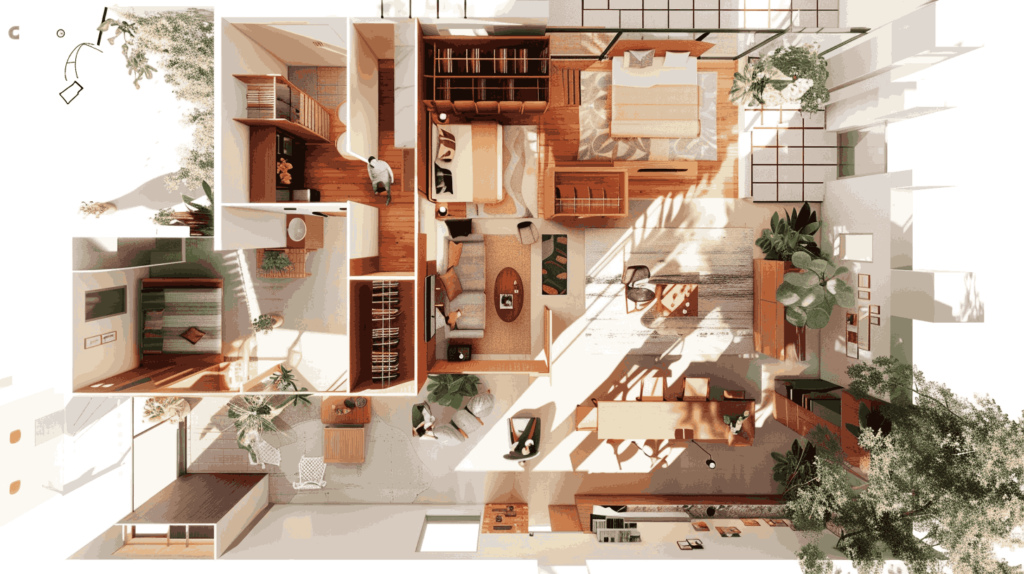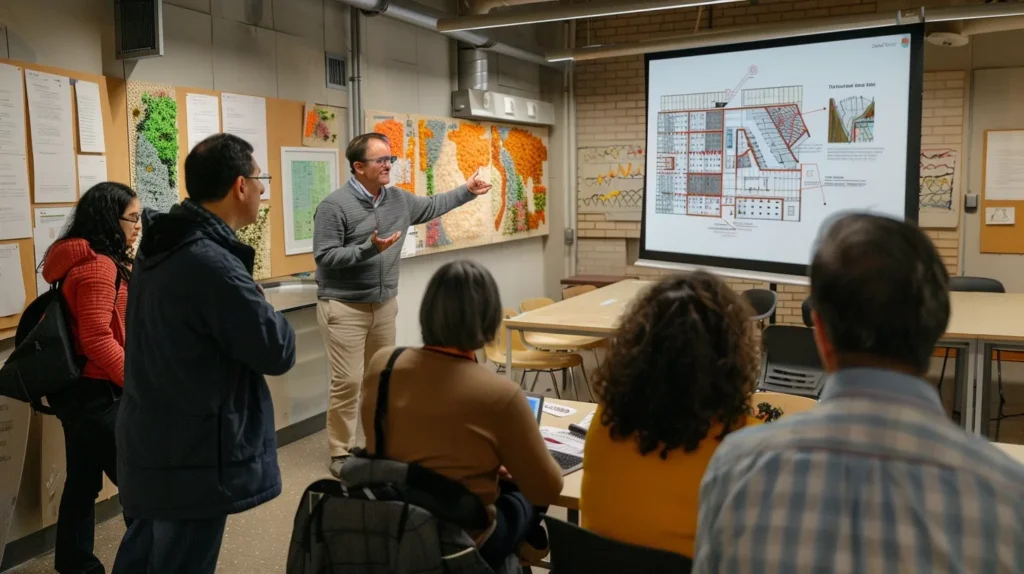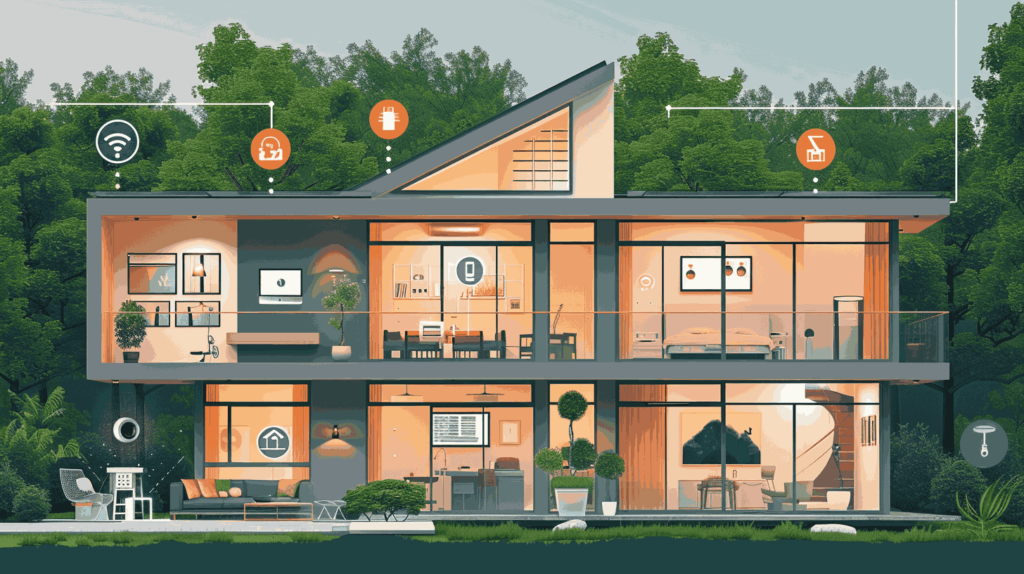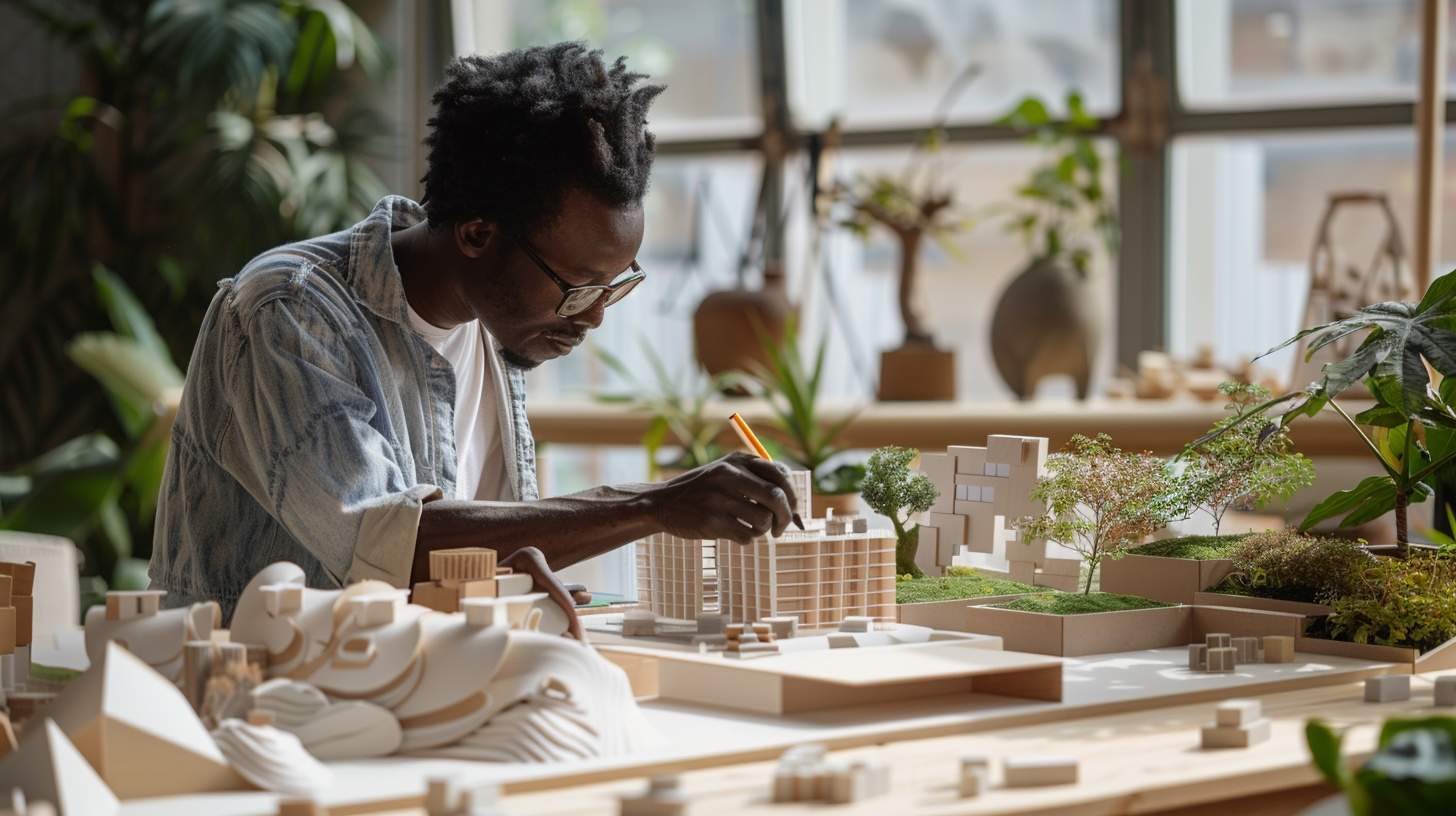
Designing Trends and Considerations for Multigenerational Living

Are you considering designing a home to accommodate multiple generations under one roof? Multigenerational living, where grandparents, parents, and children share a home, is a growing trend in modern society. From 1971 to 2021, the number of people living in multigenerational households quadrupled, indicating a significant shift in housing dynamics. But what factors should you consider when designing for this unique living arrangement?

Trends Driving The Rise of Multigenerational Living
Firstly, let’s address the trends driving the rise of multigenerational households. Over the past few decades, there has been a notable increase in the number of families opting to live together. This trend stems from various factors, including economic considerations, cultural values, and changing demographics. According to recent data, the share of the U.S. population in multigenerational homes has more than doubled, from 7% in 1971 to 18% in 2021. These figures highlight the importance of understanding and catering to the needs of multigenerational households in architectural design.
Creating Flexible Spaces That Adapt to Changing Needs Of Occupants
When it comes to designing a home for multigenerational living, several key considerations come into play. One essential aspect is creating flexible spaces that can adapt to the changing needs of the occupants. This might involve incorporating open floor plans, movable partitions, or convertible furniture to accommodate different family dynamics. Additionally, accessibility is paramount to ensure that the living space is inclusive and usable for individuals of all ages and abilities.
Privacy
Moreover, privacy is a crucial factor to consider when designing for multigenerational living. While shared spaces foster family togetherness, it’s equally important to provide separate living areas for privacy and independence. Creating designated living spaces, such as granny flats or in-law suites, allows each generation to have their own space while still being part of the same household.
Practical Design Features and Strategies To Create a Multigenerational-Friendly Living Space
Flexibility
One of the key features of a multigenerational home is flexibility. This means designing spaces that can serve multiple functions and adapt to the changing needs of the occupants over time. Open floor plans are an excellent starting point, as they provide a sense of spaciousness and allow for easy movement between different areas of the home. Movable partitions or sliding doors can be used to create privacy when needed while maintaining the option to open up the space for larger gatherings or activities.

Accessibility
Another important consideration is accessibility. Designing with universal design principles ensures that everyone, regardless of age or ability, can navigate and use the space comfortably and safely. This might involve features like wider doorways and hallways, no-step entries, and accessible bathrooms with grab bars and roll-in showers. By incorporating these elements into the design from the outset, you can create a home that is welcoming and inclusive for all members of the family.

Separate But Connected Living Areas
In addition to flexibility and accessibility, creating separate but connected living areas is essential for multigenerational households. While shared spaces encourage interaction and bonding, it’s important to provide private retreats where each generation can have their own space when needed. This might include separate wings or levels of the home for different generations, with common areas like the kitchen, dining room, and family room serving as central gathering spaces for the whole family.

Integrating Smart Technology
Furthermore, integrating smart home technology can enhance the functionality and convenience of a multigenerational home. Smart thermostats, lighting systems, and security cameras can help monitor energy usage, improve safety, and provide peace of mind for occupants of all ages. Additionally, assistive devices like voice-controlled assistants or smart home monitoring systems can support elderly family members in their daily activities and promote independent living.

What Can Help Smoothen The Cohabitation Transition
When it comes to setting up and living in a multigenerational household in an urban environment, several practical tips can help ensure a smooth transition and harmonious cohabitation. Creating separate spaces as well as common areas allows each generation to have their own privacy while still fostering opportunities for interaction and bonding. Clear communication of expectations, boundaries, and household rules is essential for maintaining harmony and resolving conflicts effectively.
Additionally, incorporating intergenerational activities and traditions into daily life can help strengthen family bonds and create lasting memories across generations. Whether it’s cooking together, sharing stories, or participating in cultural or recreational activities, finding ways to connect and engage with family members of different ages enriches the multigenerational living experience.

Conclusion
Designing for multigenerational living in urban areas requires a holistic approach that considers community engagement, sustainable redevelopment strategies, and practical tips for setting up and living in a multigenerational household. By incorporating these elements into the design and planning process, urban designers and policymakers can create vibrant, inclusive, and resilient communities that support the diverse needs of multigenerational families.
Now, if you’re ready to get started on your architectural planning journey and create a multigenerational home that meets your family’s unique needs and preferences, don’t hesitate to contact our team at Designs Boss. We’re here to help you turn your vision into reality and create a home where multiple generations can thrive together.


